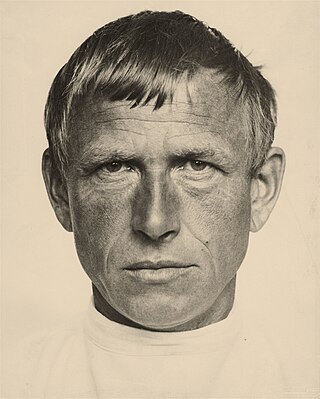
Wilhelm Heinrich Otto Dix was a German painter and printmaker, noted for his ruthless and harshly realistic depictions of German society during the Weimar Republic and the brutality of war. Along with George Grosz and Max Beckmann, he is widely considered one of the most important artists of the Neue Sachlichkeit.
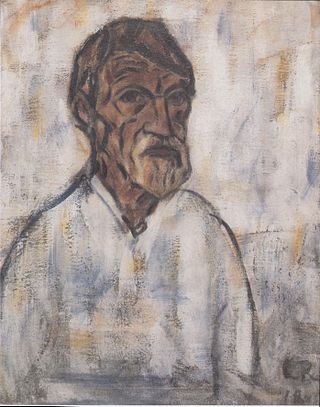
Christian Rohlfs was a German painter and printmaker, one of the important representatives of German expressionism.
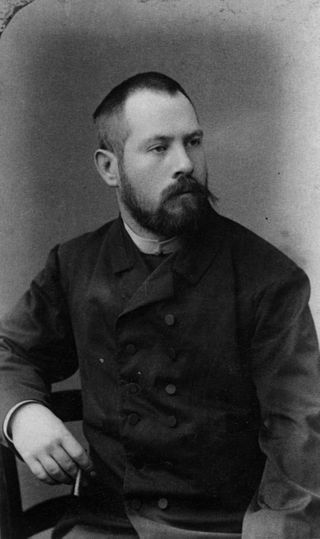
Lovis Corinth was a German artist and writer whose mature work as a painter and printmaker realized a synthesis of impressionism and expressionism.

Alfred Leopold Isidor Kubin was an Austrian printmaker, illustrator, and occasional writer. Kubin is considered an important representative of Symbolism and Expressionism.

The New Objectivity was a movement in German art that arose during the 1920s as a reaction against expressionism. The term was coined by Gustav Friedrich Hartlaub, the director of the Kunsthalle in Mannheim, who used it as the title of an art exhibition staged in 1925 to showcase artists who were working in a post-expressionist spirit. As these artists—who included Max Beckmann, Otto Dix, George Grosz, Christian Schad, Rudolf Schlichter and Jeanne Mammen—rejected the self-involvement and romantic longings of the expressionists, Weimar intellectuals in general made a call to arms for public collaboration, engagement, and rejection of romantic idealism.

Erich Heckel was a German painter and printmaker, and a founding member of the group Die Brücke which existed 1905–1913. His work was part of the art competitions at the 1928 Summer Olympics and the 1932 Summer Olympics.

In art history, secession refers to a historic break between a group of avant-garde artists and conservative European standard-bearers of academic and official art in the late 19th and early 20th century. The name was first suggested by Georg Hirth (1841–1916), the editor and publisher of the influential German art magazine Jugend (Youth), which also went on to lend its name to the Jugendstil. His word choice emphasized the tumultuous rejection of legacy art while it was being reimagined.
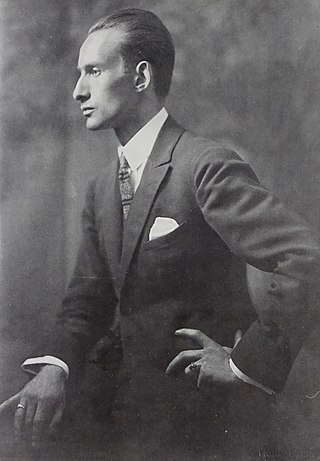
Christian Schad was a German painter and photographer. He was associated with the Dada and the New Objectivity movements. Considered as a group, Schad's portraits form an extraordinary record of life in Vienna and Berlin in the years following World War I.

Otto Müller was a German painter and printmaker of the Die Brücke expressionist movement.
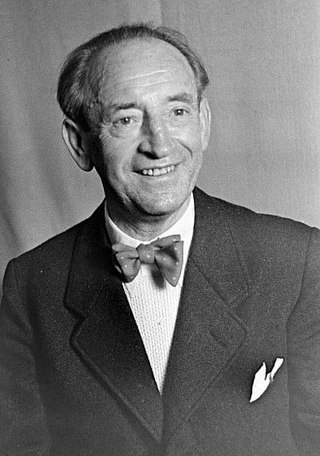
Hermann Max Pechstein was a German expressionist painter and printmaker and a member of the Die Brücke group. He fought on the Western Front during World War I and his art was classified as Degenerate Art by the Nazis. More than 300 paintings were removed from German Museums during the Nazi era.

Aloys Wach or Aloys Ludwig Wachelmayr was an Austrian expressionist painter and graphic artist. He was born in Lambach, Upper Austria, and died in Braunau, Upper Austria. While his birthplaces him close to the generation that laid the foundations of modern art and especially expressionism, his life as an artist, however, began after cubism, futurism and the expressionists of the Der Blaue Reiter and Die Brücke movements had initiated a time of great changes. In his later life, Wach abandoned his artistic roots and distanced himself from his early expressionist works by turning to religious imagery. Today, however, those early works are seen as his greatest accomplishments.

Georg Schrimpf was a German painter and graphic artist. Along with Otto Dix, George Grosz and Christian Schad, Schrimpf is broadly acknowledged as a main representative of the art movement Neue Sachlichkeit, which developed, in Weimar Germany, from 1919 to 1933, as an outgrowth of Expressionism. Schrimpf was listed as a producer of Degenerate Art by the German National Socialist government in the 1930s.
Heinrich Maria Davringhausen was a German painter associated with the New Objectivity.
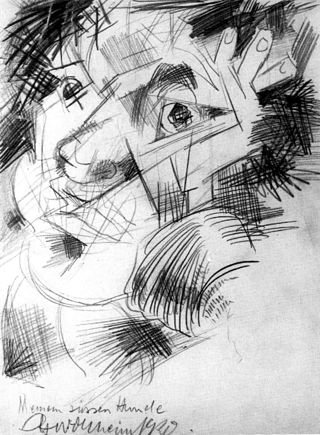
Gert Heinrich Wollheim was a German expressionist painter later associated with the New Objectivity, who fled nazi Germany and worked in the United States after 1947.
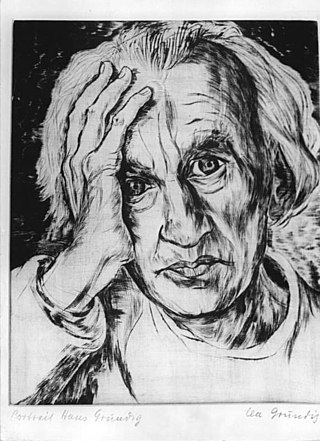
Hans Grundig was a German painter and graphic artist associated with the New Objectivity movement.
The Dresdner Sezession was an art group aligned with German Expressionism founded by Otto Schubert, Conrad Felixmüller and his pupil Otto Dix in Dresden, during a period of political and social turmoil in the aftermath of World War I. The group's activity spanned from 1919 until its final collective exhibition in 1925. During its heyday, the group consisted of some of the most influential and prominent expressionist artists of their generations, including Will Heckrott, Lasar Segall, Otto Schubert and Constantin von Mitschke-Collande, as well as the architect Hugo Zehder and writers Walter Rheiner, Heinar Schilling, and Felix Stiemer.

Otto Lange was a German Expressionist painter and graphic artist.
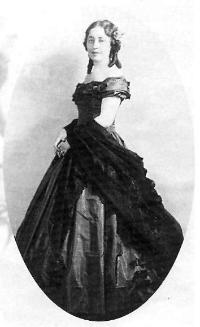
Bistra Vinarova was a Bulgarian artist and often credited as the first Bulgarian woman of the expressionist style. Trained in Bulgaria, Germany, and later Austria, she had wide acquaintance among the avant-garde literary and artistic figures in the early part of the twentieth century. Married to a diplomat, her career was interrupted by travel and hostess duties. After her return to Bulgaria in 1940, she resumed painting. For a period of time, she and her husband were both ostracized by the political regime, but late in life, she was honored with several national honors for her artistic works.

Carl Johann Rabus was a German expressionist artist and painter who was persecuted by the Nazis.
Walter Rheiner was a writer and poet associated with the German post-expressionists.


















